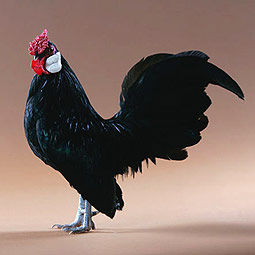
Sussex
This breed is one of the oldest know breeds, first showing up around 42 AD, around the time of the Roman invasion of Britain. It is a very docile breed and do fine in confinement or with free range
The Sussex comes from England and is a dual purpose breed as it is a good egg producer and produces a good meat carcass. It
As its name might suggest, the Sussex originates from the United Kingdom. It has very good fertility rates and will go broody if you want a hen to hatch her own clutch of eggs. It has a good feather coat and has no problem surviving in colder regions but the same trait makes it a poor choice for hot regions.
The tail will protrude at a 45 degree angle from its body and the comb will have five points. The feathers are soft and the colors will run from black, red, white, speckled, silver, and buff. Its tail sits at a 45 degree angle from its body, has a rectangular build, a broad, flat back, and its comb has five well-defined points.
The roosters weigh over eight pounds and the hens around six pounds. The hens can lay as many as 280 light brown eggs per year. The birds are great for home flocks as they mature quickly and have a very good meat carcass and are excellent layers that will also go broody if you want to hatch your own chicks.








